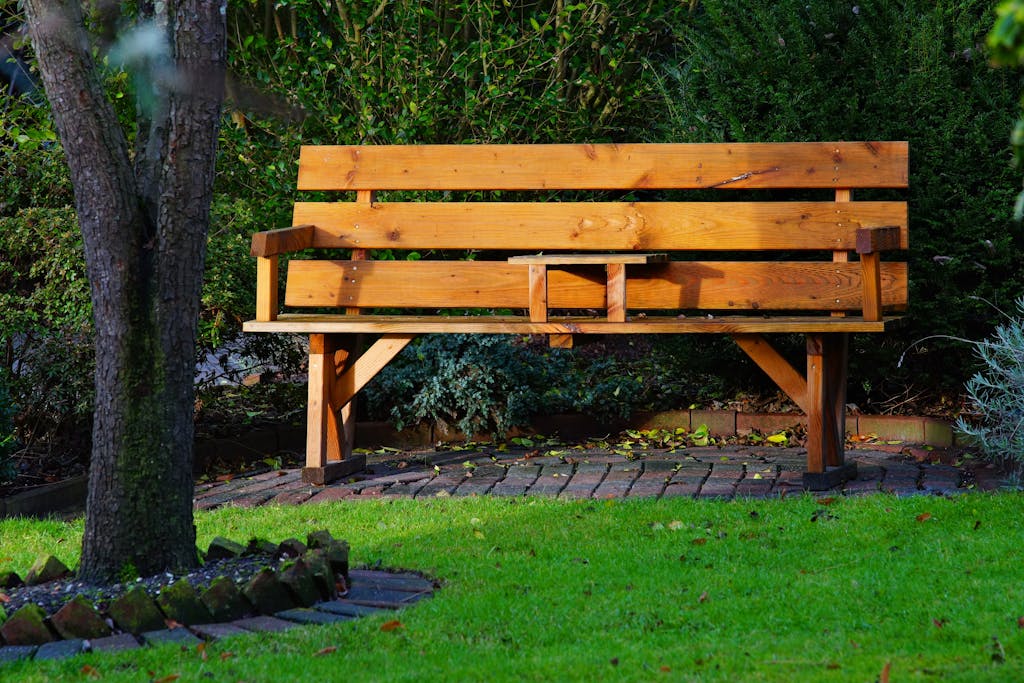Maintaining your outdoor spaces doesn’t have to harm the environment. By adopting eco-friendly practices, you can keep your yard healthy and beautiful while reducing your ecological footprint. Here are some simple tips for eco-friendly outdoor maintenance:
Water Wisely
Conserve water by watering your lawn and plants early in the morning or late in the evening when evaporation is minimal. Use a soaker hose or drip irrigation system to deliver water directly to plant roots, reducing waste. Install a rain barrel to collect rainwater for irrigation during dry spells.
Choose Native Plants
Opt for native plants in your landscaping design. Native plants are well-adapted to the local climate and soil conditions, requiring less water, fertilizer, and pesticides. They also support local wildlife, such as bees and butterflies, by providing food and habitat.
Mulch and Compost
Use organic mulch, such as wood chips or shredded leaves, around plants to retain soil moisture, suppress weeds, and improve soil fertility naturally. Composting kitchen scraps, yard waste, and grass clippings reduces landfill waste and produces nutrient-rich compost for your garden.
Use Eco-Friendly Products
Select eco-friendly lawn care products that are low in harmful chemicals and pesticides. Consider natural alternatives like vinegar for weed control or insecticidal soap for pest management. Avoid overusing fertilizers, which can leach into waterways and harm aquatic ecosystems.
Maintain Your Equipment
Keep your gardening tools and equipment in good condition to reduce energy consumption and waste. Regularly sharpen mower blades to ensure clean cuts and efficient operation. Properly inflate tires and perform routine maintenance on gas-powered equipment to maximize fuel efficiency.
Implement Integrated Pest Management (IPM)
Practice IPM strategies to manage pests effectively while minimizing environmental impact. Use biological controls, such as beneficial insects or nematodes, to target pests without harming beneficial wildlife. Monitor pest populations and intervene only when necessary.
Create Wildlife Habitats
Encourage biodiversity in your yard by creating wildlife habitats. Install bird feeders, birdhouses, and native plantings to attract birds and beneficial insects. Provide water sources like birdbaths or small ponds for wildlife to drink and bathe.






